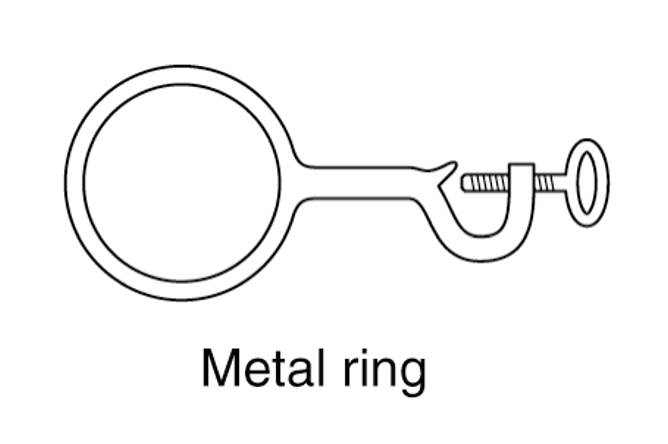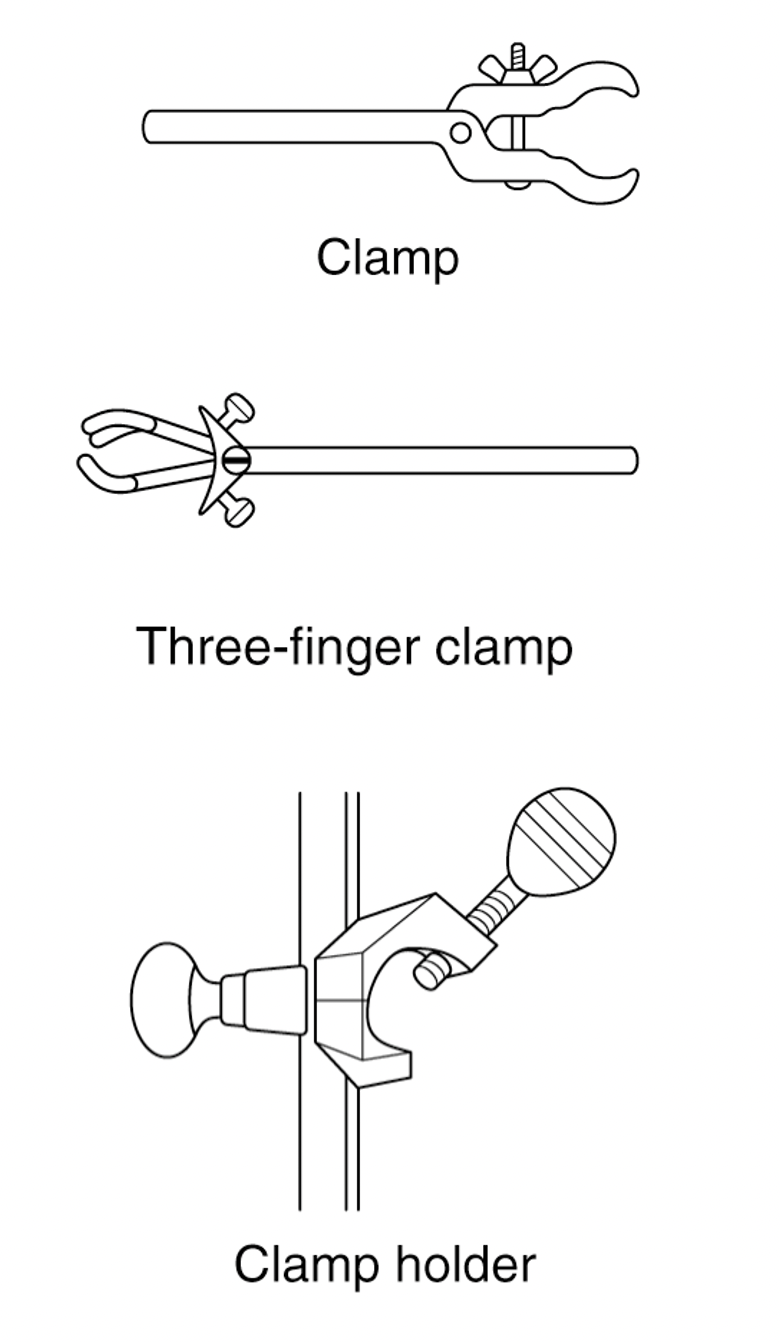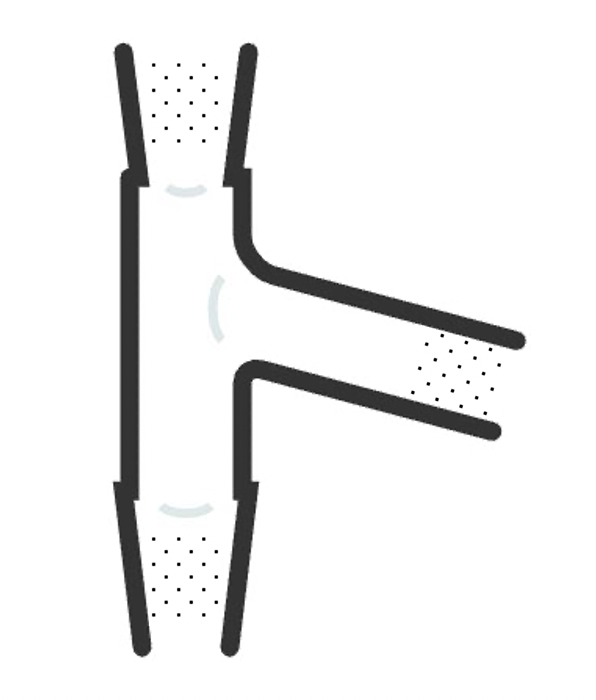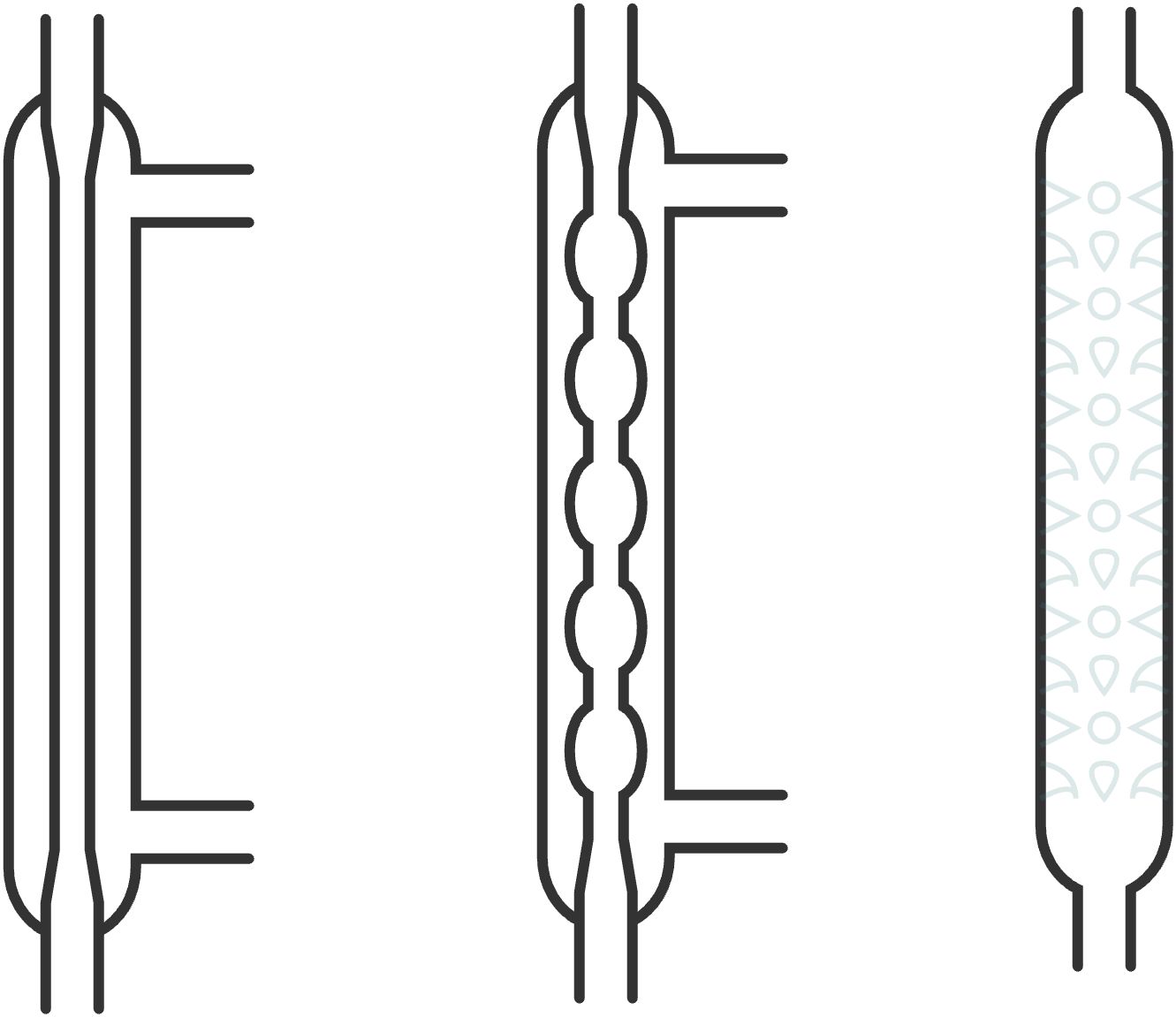Part 3: Glassware & Laboratory Equipment
9 Support Devices and Distillation Glassware
| Image of glassware | Name of glassware |
|---|---|
 |
Metal Ring or Iron Ring
A metal ring attaches to the stand on your benchtop. It can serve as a support for pipestem triangles and wire gauzes. |
 |
Clamps and Clamp Holders
|
 |
Distillation Head
A distillation head is a glassware used in distillation setups. It is typically a long glass tube with two openings. One opening is tapered to fit into the neck of a round-bottom flask, while the other opening is designed to attach to a condenser. The distillation head is placed between the boiling flask and the condenser in a distillation setup and serves to direct the vapor from the boiling flask to the condenser, where it is cooled and condensed back into liquid form. |
 |
Condenser
A condenser is a long glass tube with a coiled or straight inner tube that is surrounded by a larger outer tube. The inner tube is typically connected to a water source, such as a water tap or a recirculating water bath, which circulates cold water through the condenser to cool the vapor. As the vapor passes through the condenser, it loses heat and condenses back into liquid form, which collects at the bottom of the condenser and can be collected in a receiving flask. Condensers come in various sizes and shapes, with the most common types being the Liebig condenser, the Graham condenser, and the Allihn condenser, each with its own specific design and application. |

